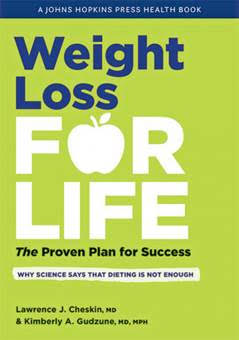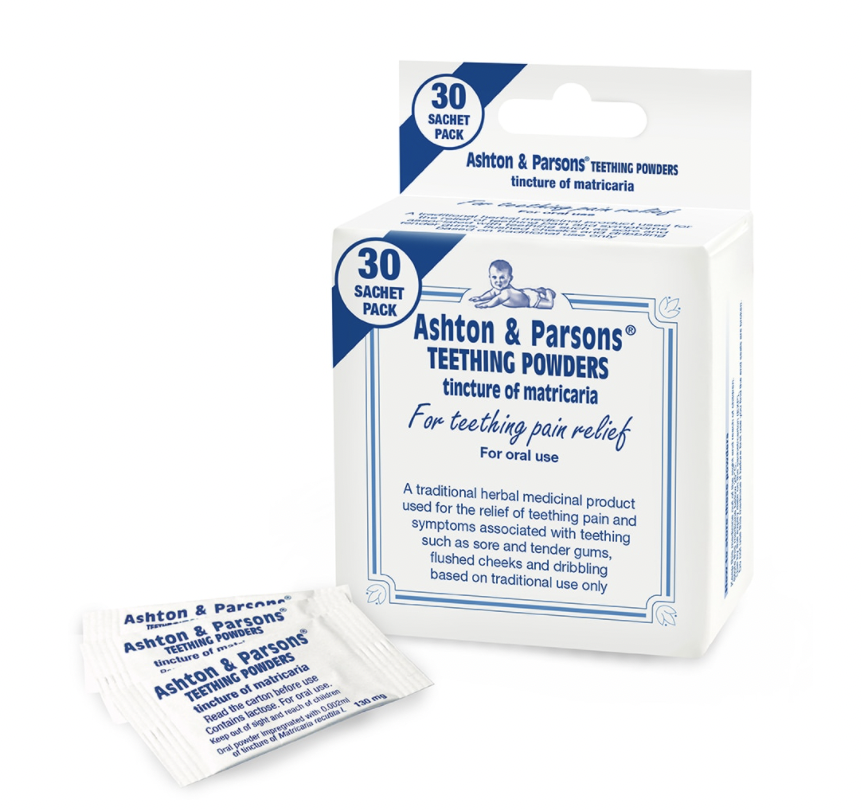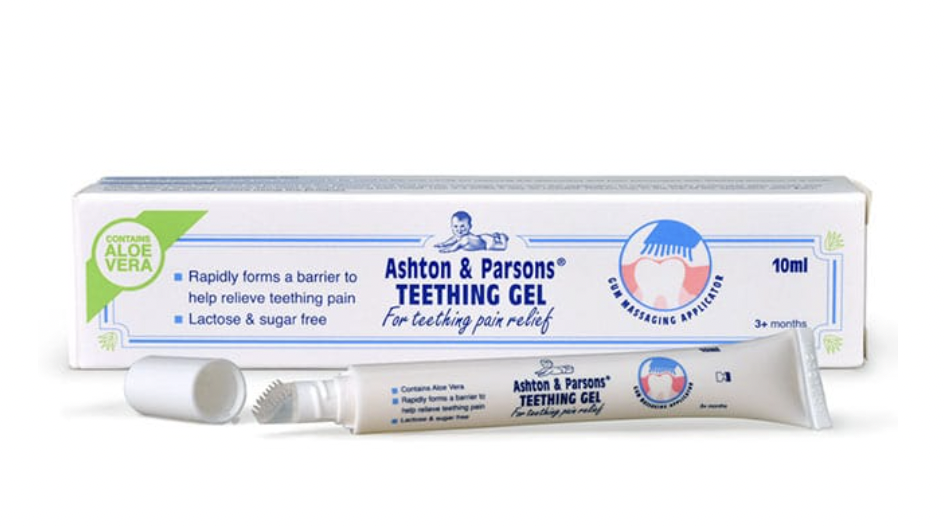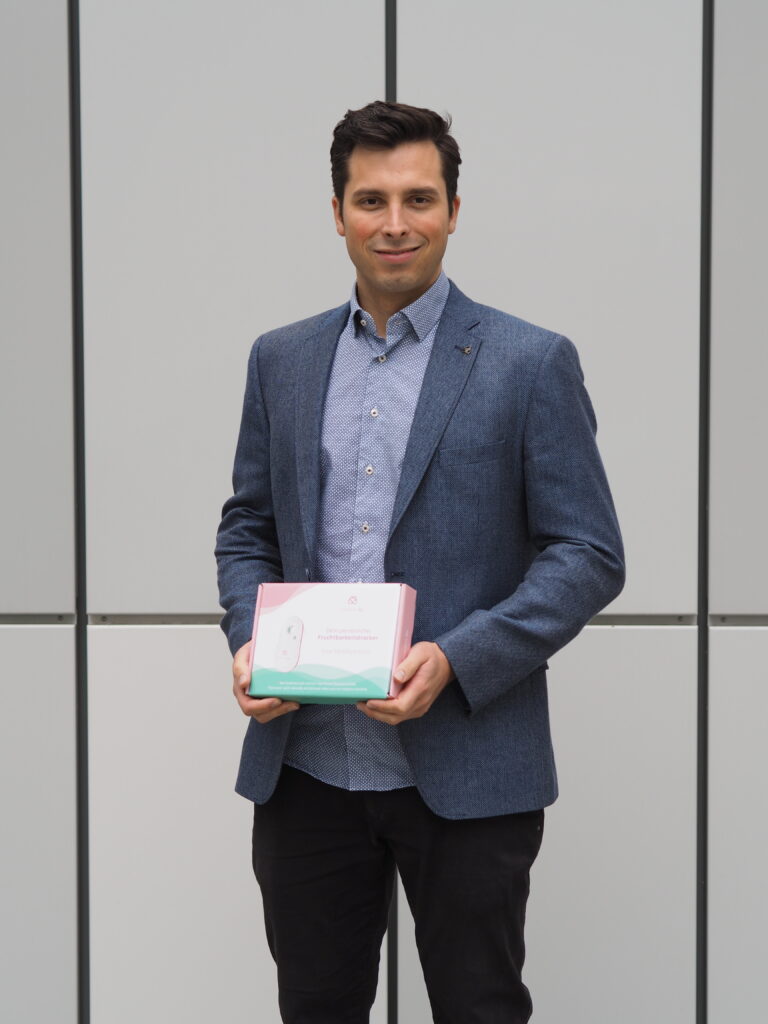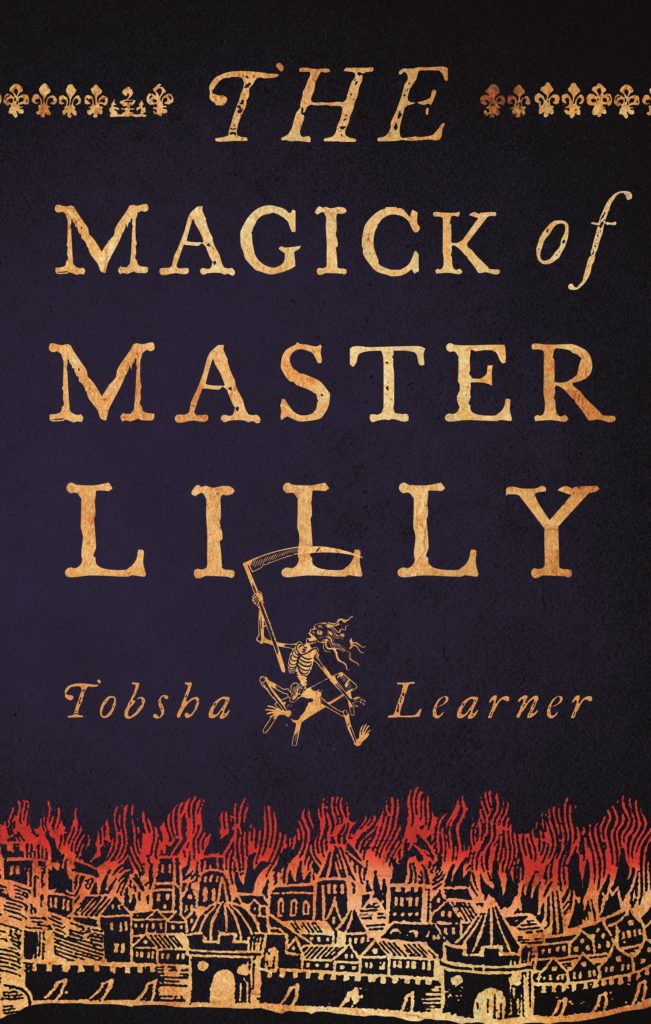Children need all of the support they can get. Especially after COVID. A new survey of UK teachers reveals a rise in pupils starting school with poor speech and language skills since the pandemic.
Commissioned by assessment provider GL Assessments, the poll of 1,000 teachers found that nearly half of primary teachers estimate up to one in five of their pupils struggle with speech and language. These difficulties often become apparent when children start school (48%) or even earlier (33%).
Many teachers report that speech and language issues are frequently mistaken for reading and maths difficulties (46%) or misidentified as behavioural problems (27%). Additionally, 44% of primary school teachers say up to a fifth of their pupils struggle to communicate at an age-appropriate level, while 37% believe the issue affects as many as two in five pupils.
A significant 76% of teachers feel parents often deny or overlook these challenges. However, there are practical strategies parents can use to support their child’s language development.
Below, Cristina Miguelez, Spokesperson at online language learning platform Preply offer key tips to help parents support their child’s speech and communication skills at home:
1. Read together and discuss the story
Reading books with your child is integral to develop their literacy skills and understanding of language. Furthermore, discussing the books you read together can positively impact their communication skills.
It encourages them to express their opinions and enhances their ability to recall details, improving their overall understanding of language and communication. Keep their favourite books within easy reach so they can revisit them, reinforcing their memory and comprehension.
2. Reflect on the day’s activities
Another effective way to support your child’s language development is to regularly discuss their day and the activities they’ve engaged in. For instance, ask them about their school day or, if you’ve taken them to the park, encourage them to share their favourite part of the experience.
Like discussing books, this helps children understand how to use language effectively and communicate their thoughts more clearly.
3. Engage in conversations about TV shows
If your child enjoys watching children’s television, discussing what they watch can significantly enhance their language skills.
Educational programmes are particularly beneficial, as they introduce new vocabulary and concepts. Engaging your child in conversations about these shows can deepen their understanding and reinforce language learning.
4. Use comments instead of questions
While asking children questions is important, too many can feel like a test. Instead, focus on making conversations more natural. Comment on what they are doing and what is happening around them rather than constantly quizzing them.
This approach helps children feel more relaxed and comfortable when communicating, making it easier for them to process and respond to language.
5. Turn everyday moments into learning opportunities
Daily routines can be powerful tools for language development. Activities such as cooking, shopping, or getting dressed provide opportunities to introduce new words and encourage conversation.
For example, while preparing a meal, talk about the ingredients, describe their colours and textures, and explain the cooking process. These simple, everyday interactions can significantly enhance a child’s vocabulary and understanding of language.



